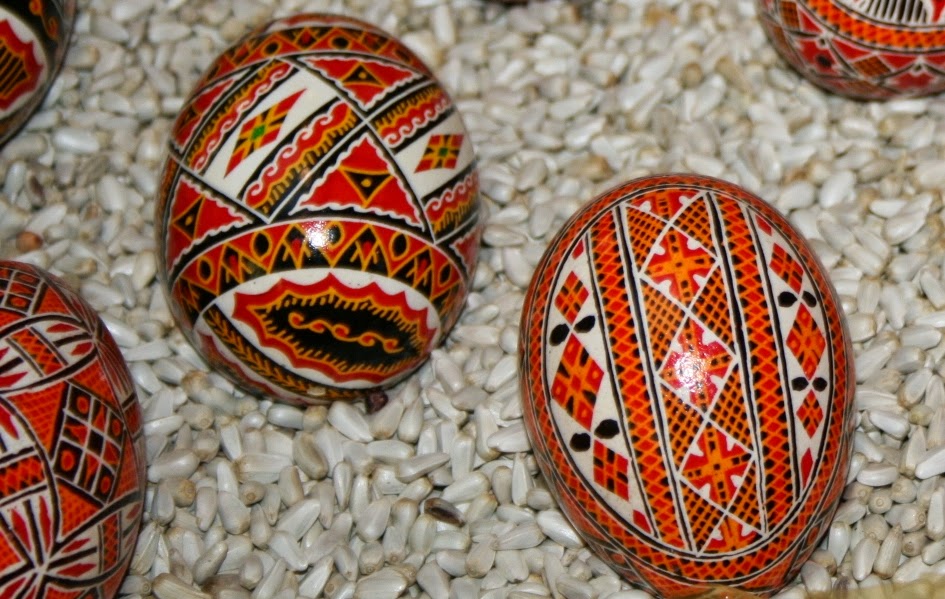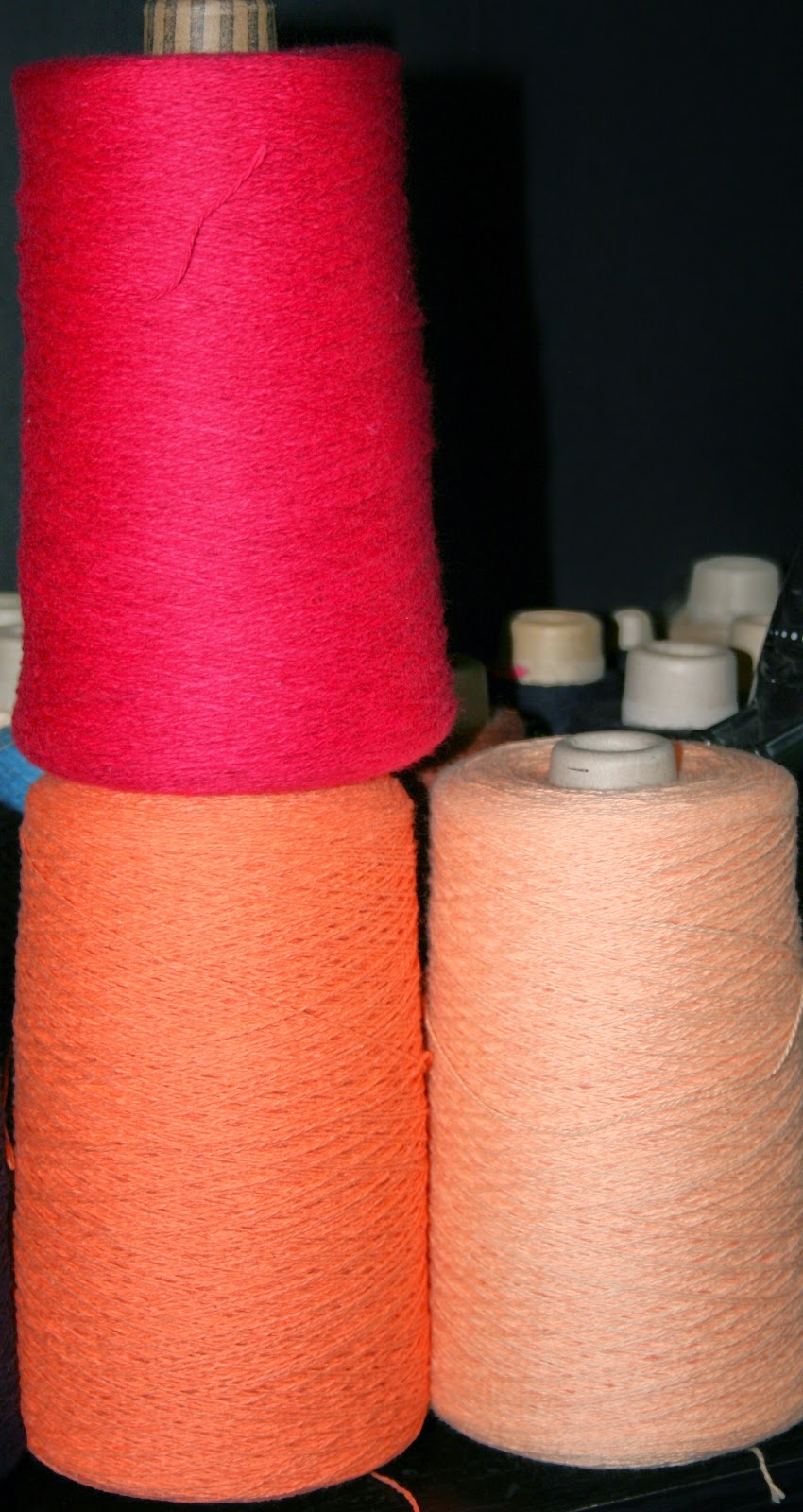Tradition!
When I was little, I was jealous of friends of mine who had a strong ethnic heritage. Two of my friends were half Mexican; another set of friends were Korean, and still others were Italian
My family didn't have any traditions handed down from parents to children. We have British stock on both sides of my family, primarily English, but with Scottish and Irish thrown in for good measure. My mom provides German and Native American heritage, while my dad throws in some Dutch heritage.
Other than knowing my family, I have no traditions attached to them. Do we celebrate St. Patrick's Day? No more than the average American does. Are there traditional Easter and Christmas celebrations unique to the Dutch, Germans or English? Probably. We wouldn't know.
See, my family has lived in the United States for most of America's history. My grandma, who immigrated to the US in the 1920s, more than likely descended from Loyalists who fled America after the British lost the American Revolution.
To put it simply, I'm an American without a heritage from elsewhere. In some cases this is a good thing, but it sometimes annoys me as well, especially when I see friends who do have traditions.
Weaving is a funny field: some cultures have a strong weaving heritage; other's don't. Most of it depends on the location. For example, Northern European countries have a stronger weaving heritage than Southern European countries do. The Dutch have a history of weaving whereas the Italians don't have as much of one. I think a portion of this difference lies in the regions. Southern Europe has always had a great deal of people. It was controlled by Rome for a long time. Slaves created many of the textiles, establishing commercial weaving centers. In the North, however, much of the weaving was done at home.
The cultures with weaving primarily at home usually establish a tradition. Where woven fabric was plentiful, other textile traditions arose such as embroidery or dyeing. Later, when knitting became popular, that tradition was added into the textile traditions.
So, for me, who has a limited culture heritage, exploring the textile heritage of my family has been fascinating. I might not have Scandinavian roots, but I do have German and Dutch, both of which borrowed traditions from the Scandinavians. The Scottish have their tartans and Harris tweed. The Irish have Donegal tweed, and other traditions. Even my American ancestors had weaving traditions called overshot often used for coverlets.
Sometimes, it doesn't take adding traditions to my life as much as it takes finding the traditions behind what I already do. The actions and discoveries connect me to my past, and eventually will link my past to my future.
 |
| Polish Easter Eggs at Broadway Market, Buffalo |
Other than knowing my family, I have no traditions attached to them. Do we celebrate St. Patrick's Day? No more than the average American does. Are there traditional Easter and Christmas celebrations unique to the Dutch, Germans or English? Probably. We wouldn't know.
See, my family has lived in the United States for most of America's history. My grandma, who immigrated to the US in the 1920s, more than likely descended from Loyalists who fled America after the British lost the American Revolution.
To put it simply, I'm an American without a heritage from elsewhere. In some cases this is a good thing, but it sometimes annoys me as well, especially when I see friends who do have traditions.
Weaving is a funny field: some cultures have a strong weaving heritage; other's don't. Most of it depends on the location. For example, Northern European countries have a stronger weaving heritage than Southern European countries do. The Dutch have a history of weaving whereas the Italians don't have as much of one. I think a portion of this difference lies in the regions. Southern Europe has always had a great deal of people. It was controlled by Rome for a long time. Slaves created many of the textiles, establishing commercial weaving centers. In the North, however, much of the weaving was done at home.
The cultures with weaving primarily at home usually establish a tradition. Where woven fabric was plentiful, other textile traditions arose such as embroidery or dyeing. Later, when knitting became popular, that tradition was added into the textile traditions.
So, for me, who has a limited culture heritage, exploring the textile heritage of my family has been fascinating. I might not have Scandinavian roots, but I do have German and Dutch, both of which borrowed traditions from the Scandinavians. The Scottish have their tartans and Harris tweed. The Irish have Donegal tweed, and other traditions. Even my American ancestors had weaving traditions called overshot often used for coverlets.
Sometimes, it doesn't take adding traditions to my life as much as it takes finding the traditions behind what I already do. The actions and discoveries connect me to my past, and eventually will link my past to my future.


Comments
Post a Comment